Azamethiphos WP-10: Effective Fly Control for Healthier Livestock
Tag:Industry News

The scorching season has just passed, yet every year the relentless battle between livestock farming and flies leaves farmers utterly exhausted. As we all know, one of the most pressing challenges farms face today is fly infestation. Large-scale operations—such as pig farms, poultry houses, and cattle ranches—confine vast numbers of animals in a single space, creating an ideal breeding ground for flies.
The constant harassment from flies stresses both animals and workers, leading to significant economic losses: milk production drops by 25%, weight gain slows, and egg yields decline. Worse still, flies act as vectors for over 50 serious diseases, including salmonellosis, cholera, PRRS (Porcine Reproductive and Respiratory Syndrome), avian influenza, mastitis, conjunctivitis, and parasitic infections.
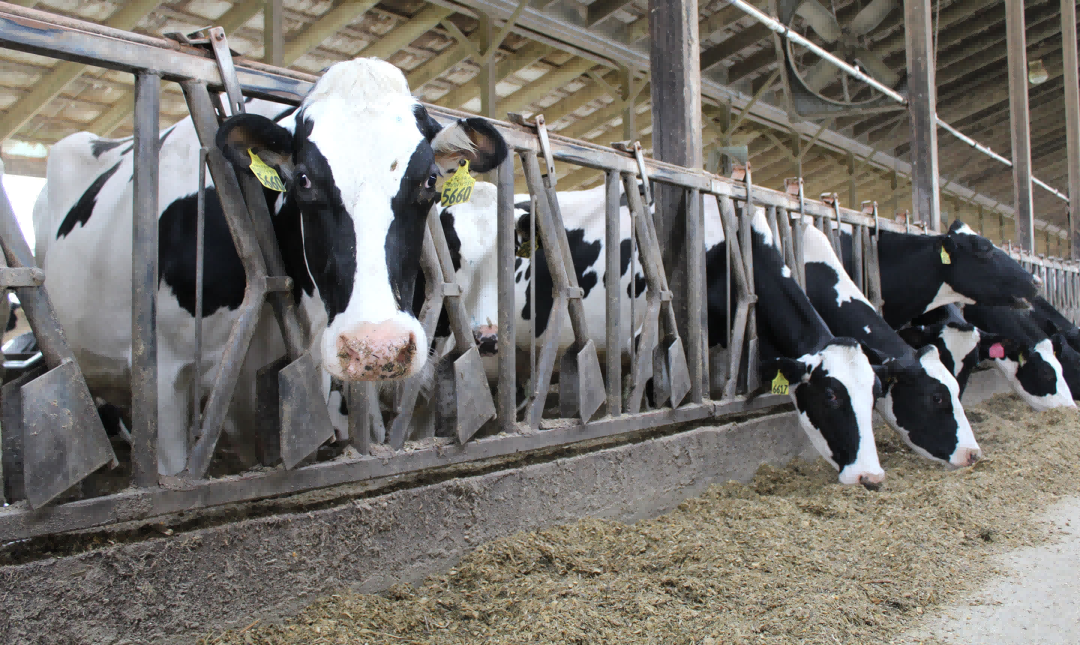
Year after year, farms wage war against flies—yet the results are never quite satisfactory. Is there such a thing as a safe, highly effective, and long-lasting fly control solution?
Turns out, there is! But first, let’s take a quick look at the biology of flies.
Fly Biology
A female fly lays eggs in warm, nutrient-rich organic matter. The eggs go through three larval stages, all of which feed on organic material (see diagram below). They then enter the pupal stage, eventually emerging as adult flies (warning: images may be disturbing).
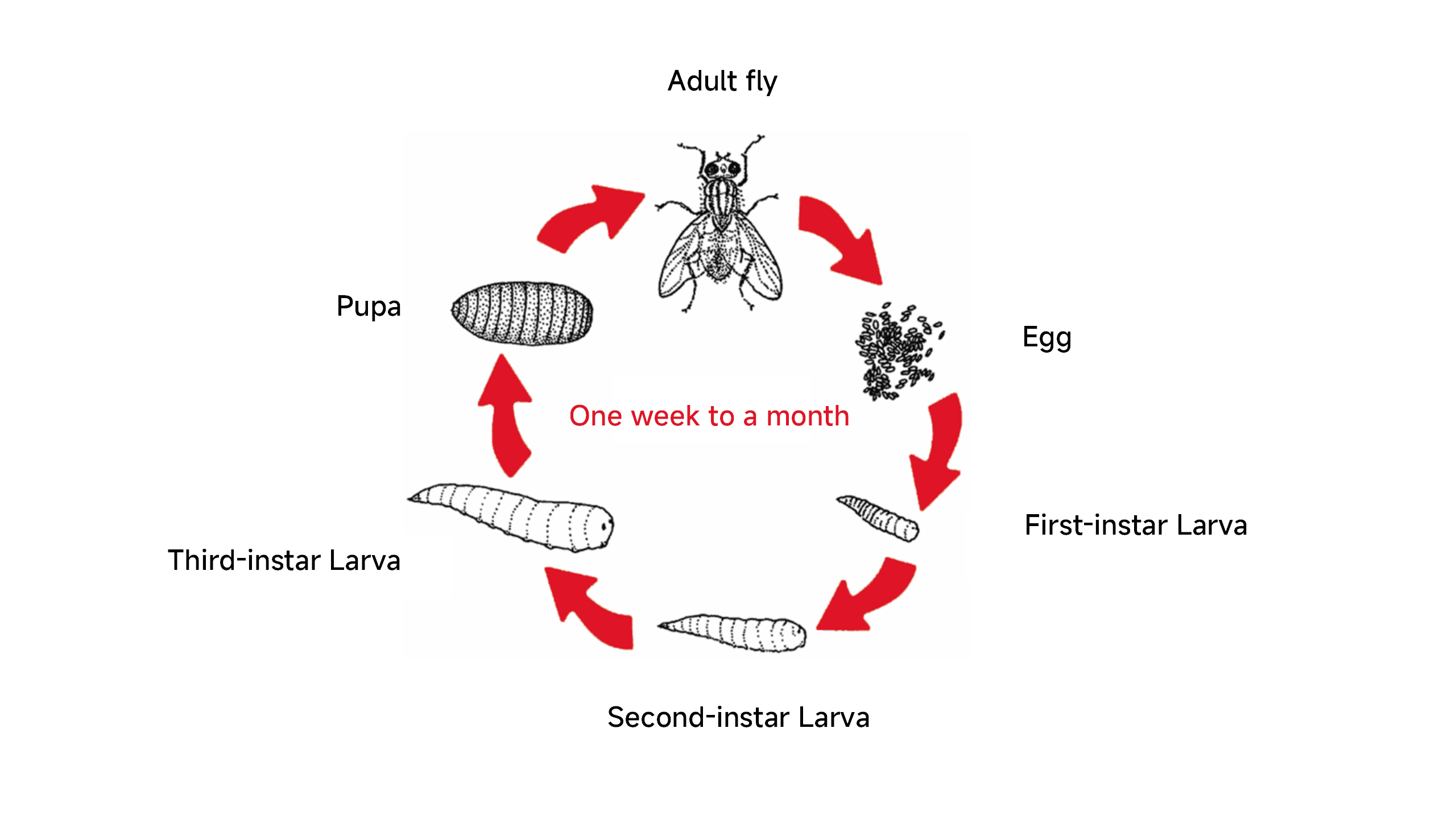
Flies are astonishingly prolific breeders. In just 7 days, an egg can develop into a fully mature adult. Within days of emerging, a female is ready to lay another batch of eggs. Under ideal conditions, flies can produce up to 30 generations per year—meaning a single pair can spawn millions of descendants in just one season.
But that’s not the only challenge. Flies rapidly develop resistance to nearly every chemical used against them, drastically reducing the effectiveness of traditional insecticides. This makes an integrated fly control program essential—not just to manage current infestations, but to minimize resistance and ensure long-term success.

Azamethiphos WP-10
A comprehensive fly control program incorporates three key strategies:
1. Using fly control products with different active ingredients (derived from distinct chemical classes)
2. Disrupting multiple life stages of the fly life cycle
3. Combining adulticides and larvicides for maximum effectiveness
Azamethiphos WP-10 is an organophosphate-based formulation containing 10% azamethiphos, along with sugar and fly sex pheromones. Flies are first attracted by the pheromones, then consume the sugar-laced active ingredient, resulting in both contact and ingestion-based kill.
Unlike pyrethroids or neonicotinoids, azamethiphos works by inhibiting cholinesterase, providing a distinct mode of action that helps combat insecticide resistance.
Application Guidelines
Method 1: Brush Application (200m² surface area)
Mix 250g Azamethiphos WP-10 with 200ml warm water to create a brushable solution. Apply to 30 strategic points (each 10×30cm) in fly congregation areas.
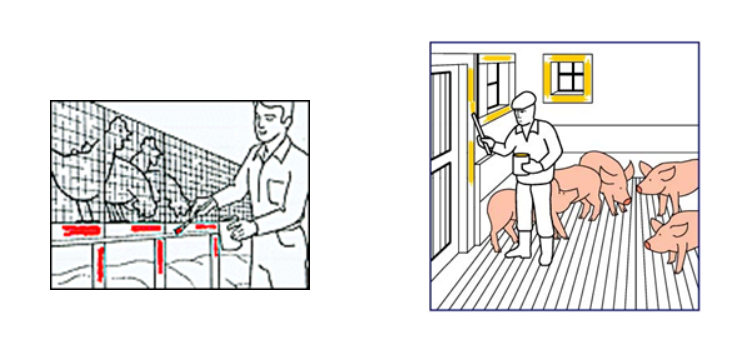
Method 2: Targeted Spraying (200 square meters of ground area)
Mix 500 grams of 10% wettable powder Azamethiphos in 4 liters of warm water. Use a manual or electric sprayer to apply the solution to 30% of the wall surface area, focusing on areas where flies frequently gather. The surface should be moistened with a slight runoff of the liquid.
The optimal time for application is at the beginning of the fly season, before a large population emerges. A single application can remain effective for 24 to 48 weeks. Reapply when significant fly activity recurs. For best results, combine this method with the use of Cyromazine to control fly larvae.
Efficacy Data
Laboratory Findings:
• Azamethiphos WP-10 demonstrates superior efficacy compared to imidacloprid-based formulations in oral toxicity tests.
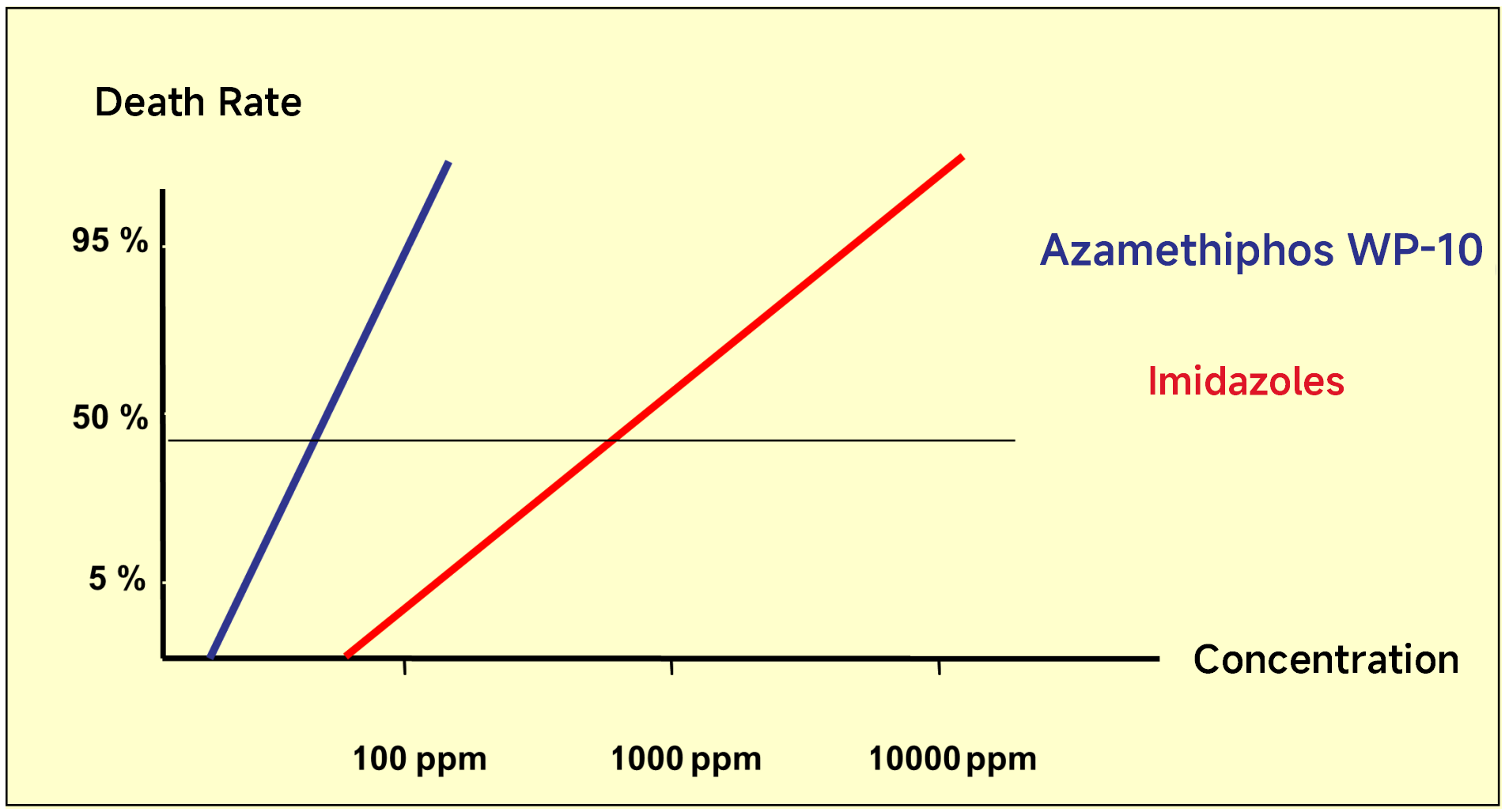
• When tested against 1% azamethiphos granules and QuickBait, Azamethiphos WP-10 delivers the highest performance under controlled conditions.
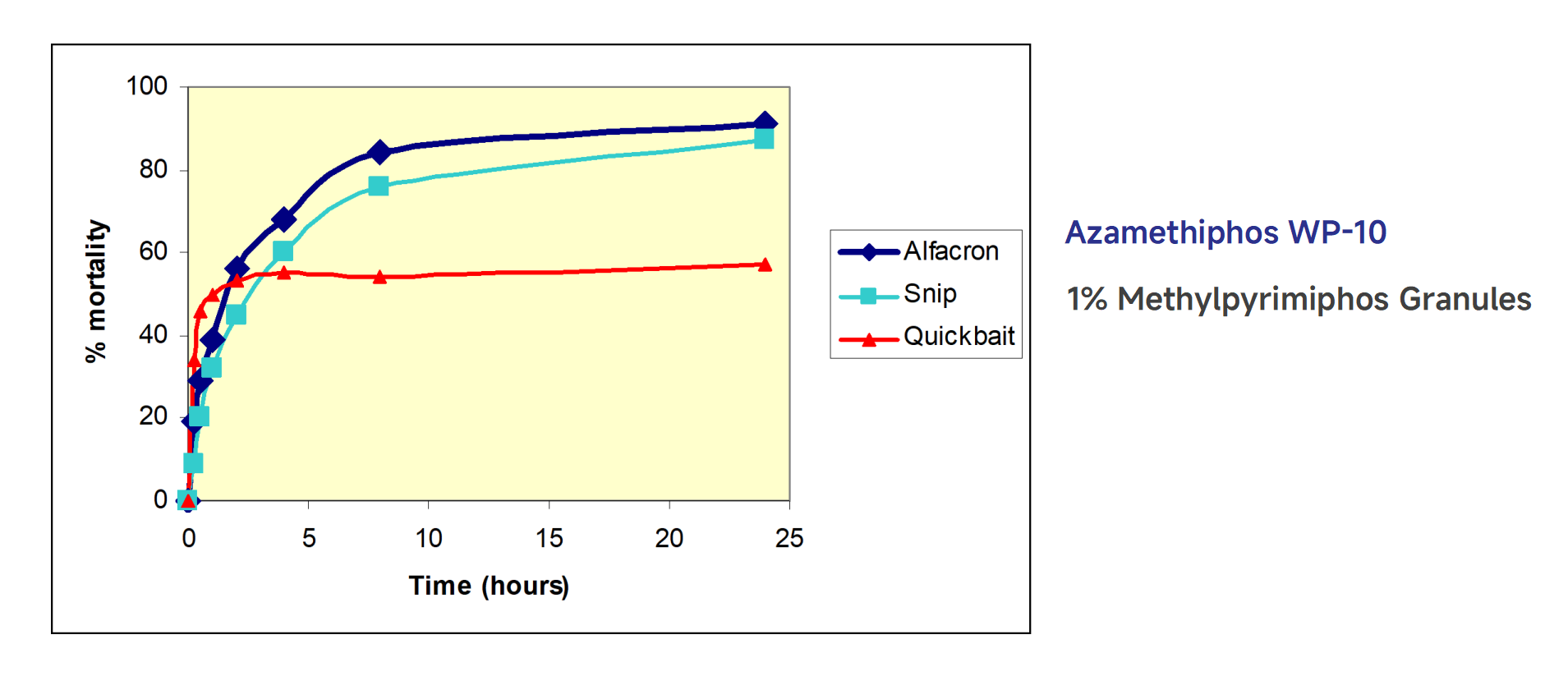
Field tests have demonstrated that this product delivers outstanding knockdown and killing efficacy against flies, with long-lasting residual activity. It has also proven highly effective against flies that have developed resistance to organochlorines or pyrethroids. Due to its oral and stomach toxicity against flies, it remains effective even against strains resistant to other organophosphates.
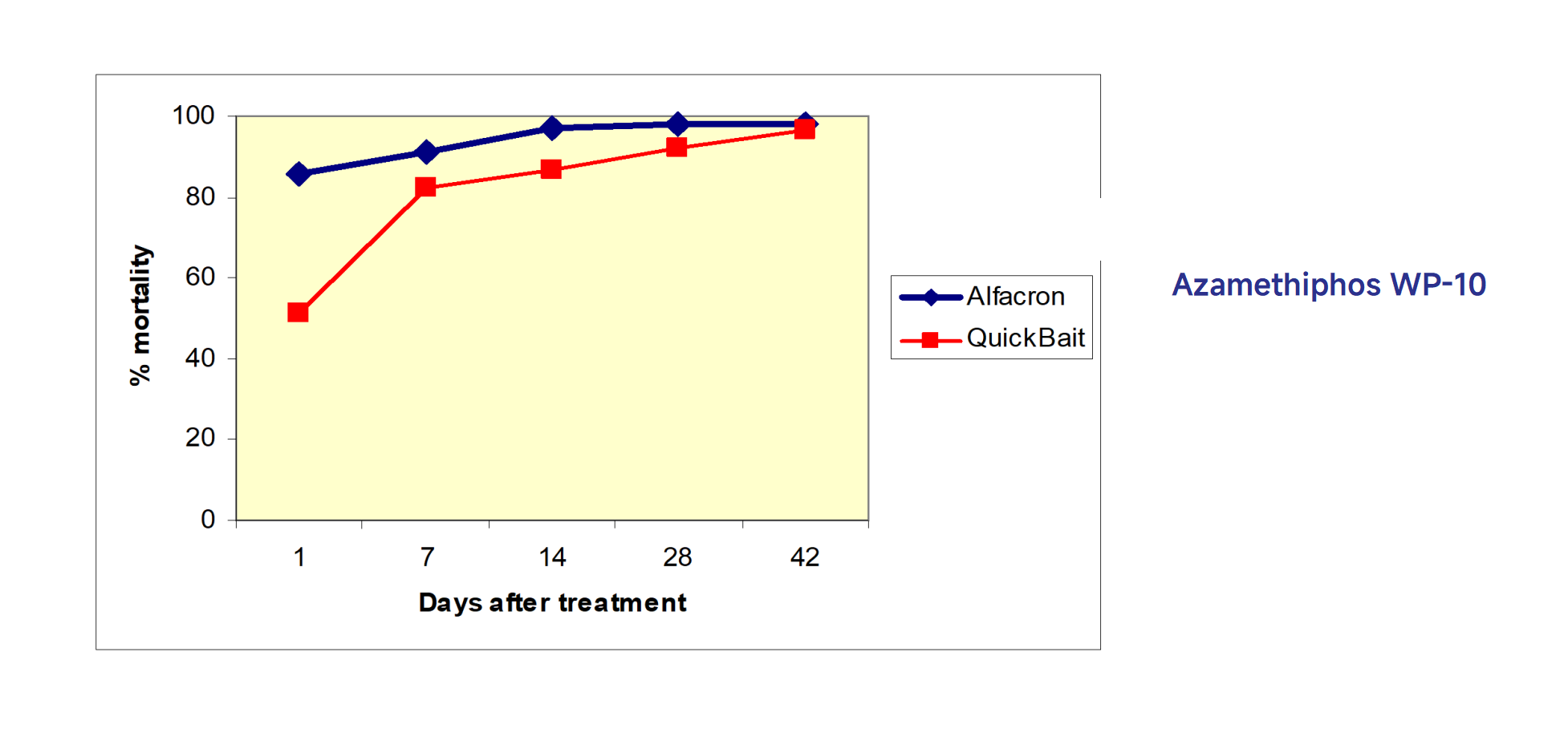
Safety
Safety is undoubtedly the top priority in all livestock farming practices. WHO classifies Methyl Pyridaphenthion under Category III: "Slightly toxic to mammals." It is fully absorbed in mammals, rapidly degraded, and then quickly excreted through urine. Residue levels in tissues remain extremely low at all times. Tests on goats have also shown that dermal absorption is minimal, not exceeding 3% of the total dose.
For the environment, Methyl Pyridaphenthion degrades under aerobic conditions in fertile sandy soil, with a half-life of just 6 hours. Due to moderate filtration and natural degradation, groundwater contamination is highly unlikely. In water, degradation depends on pH levels (260 hours at pH 7, but only 4.3 hours at pH 9). Doesn’t that sound safe?
To boost your farm’s productivity and daily weight gain, why not try Azamethiphos WP-10? It delivers dual-action efficacy—contact kill and stomach poison—providing a complete, efficient, and safe solution for both immediate and long-lasting fly control. Give your farm the advantage of fast and sustained protection!
PS:
If you are planning to purchase Azamethiphos WP-10, please feel free to contact us at db@sfcc.com.cn. Let us know your application scenarios and pain points in fly control, and we can provide industry-leading consulting services and the best customized solutions. We also welcome veterinary drug distributors to collaborate with us on promotion.

